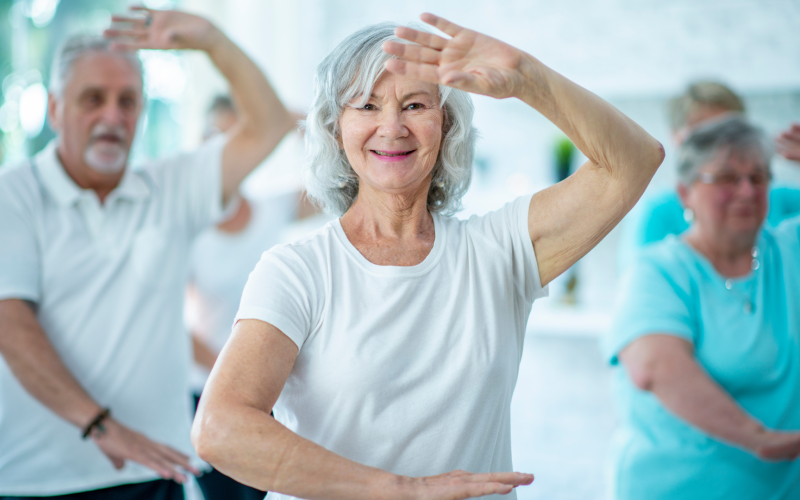Written collaboratively by Hope Kleine, former SDSU Extension Health Education Field Specialist, and Kylie Rufer.
When thinking about fitness, most people automatically think of running, walking or lifting weights, but rarely think of flexibility. However, flexibility is a very important component of physical fitness. Think of your muscles like rubber bands; the shorter and tighter a rubber band, the less force can be produced and the greater the risk the rubber band will break. The longer and more elastic the rubber band, the more force can be produced and less likely the rubber band will break. Flexibility is needed to perform everyday activities, not just to aid in athletic performance. Whether you are performing daily activities or going for a run, if your muscles are stiff and rigid, the tasks will be more difficult to perform and you will be at a greater risk of injuring yourself during the activity. On the other hand, flexible joints and muscles allow your body to stretch and bend more easily which helps prevent injury.
Health Benefits
Not only does stretching help prevent injury, it also has numerous other benefits. Stretching increases blood flow to muscles and joints which can assist in the decrease of joint stiffness. Stress causes muscles to tense and this strain can negatively affect your body. Stretching muscles alleviates tension and relaxes muscles which can help reduce stress. Additionally, countless people suffer from lower back pain. Many muscles contribute to back posture (quadriceps, hamstrings, lower back muscles, and hip flexors) and regularly stretching these muscles may greatly reduce or alleviate lower back pain. Stretching and working to increase flexibility is beneficial for all individuals.
When to Stretch?
Many people are under the impression that stretching has to be done before or after a workout but there are actually many benefits to stretching first thing in the morning and before going to bed. Stretching first thing in the morning can relieve any tension or pain from sleeping the night before. It also helps increase your blood flow and prepares your body for the day ahead. Stretching before bed relaxes your muscles and helps prevent you from waking up with more pain.
Increasing flexibility is done by stretching regularly. Activities like Yoga and Pilates are geared towards improving flexibility by incorporating stretches into an exercise routine. In addition to integrating stretching into your exercise routine, it can also be done by itself.
Tips & Techniques
Below are some helpful stretching tips along with some techniques to try during your next workout:
- Perform an active warm up by walking or jogging lightly for a few minutes before stretching.
- To perform a static stretch, which is done by stretching one muscle group at a time, stretch until you feel tension and hold until your muscle feels more relaxed. Make sure to not hold your breath but actively breathe when stretching deep into a muscle group.
- To perform a dynamic stretch, which is done by using momentum to slowly increase the range of motion of a joint or muscle.
- Regardless of the stretching method you choose to utilize to improve your flexibility, your body will be positively affected from the numerous health benefits of stretching.
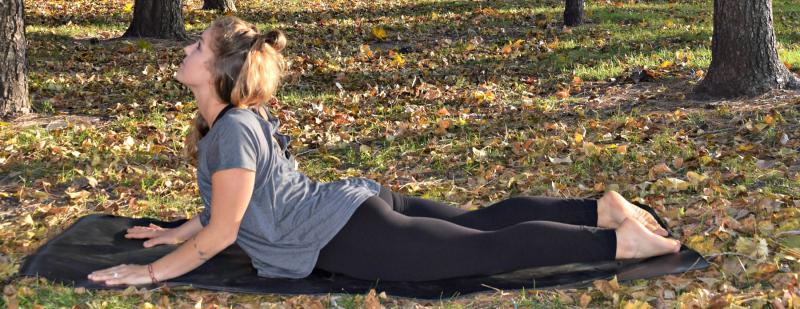
Cobra Pose: (Above) Lie prone on the floor. Stretch your legs back, tops of the feet on the floor. Spread your hands on the floor under your shoulders. Hug the elbows back into your body.
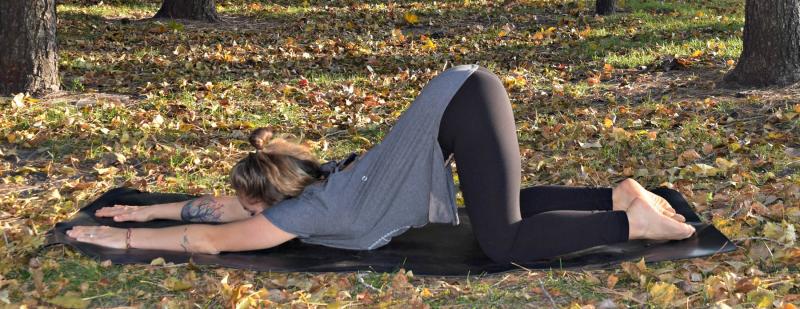
Extended Puppy Pose: (Above) Come onto all fours. See that your shoulders are above your wrists and your hips are above your knees. Walk your hands forward a few inches and curl your toes under.
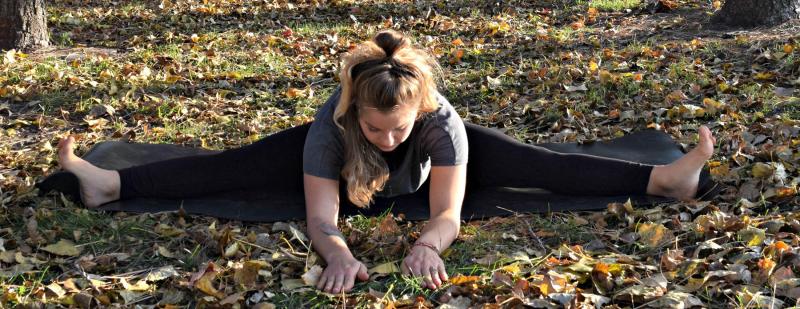
Wide-Angle Seated Forward Bend: (Above) Sit in Dandasana (Staff Pose), then lean your torso back slightly on your hands and lift and open your legs to an angle of about 90 degrees (the legs should form an approximate right angle, with the pubis at the apex).
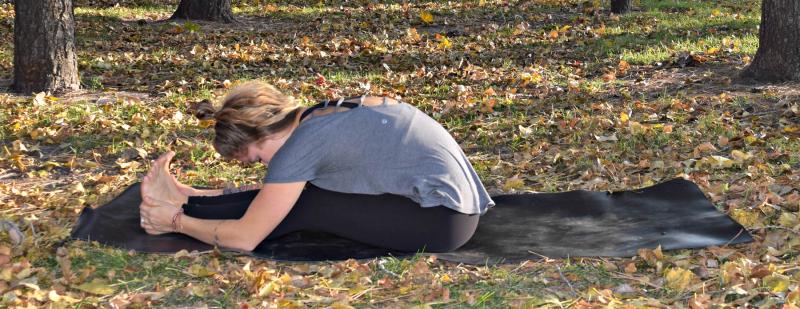
Seated Forward Bend: (Above) Sit on the floor with your buttocks supported on a folded blanket and your legs straight in front of you. Press actively through your heels.
Reference: Yoga Journal


